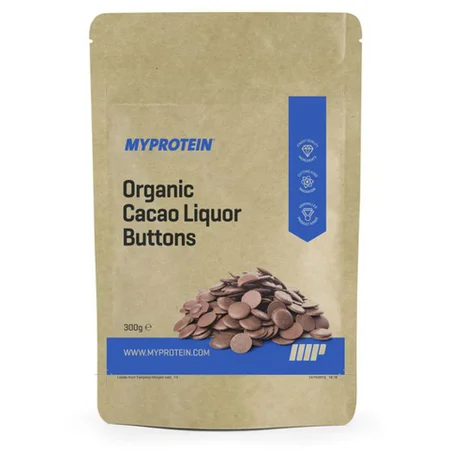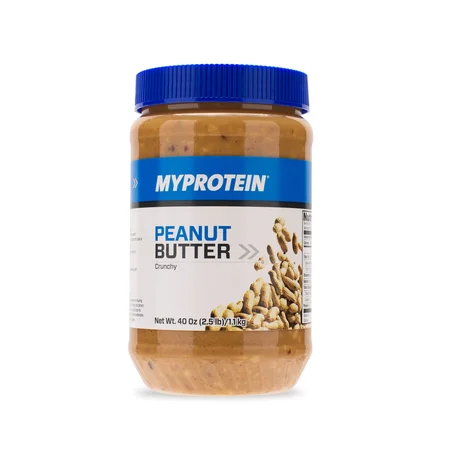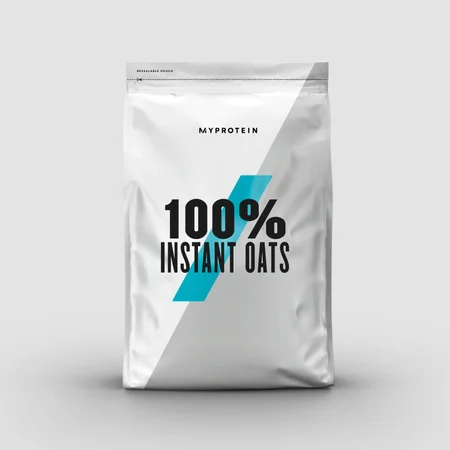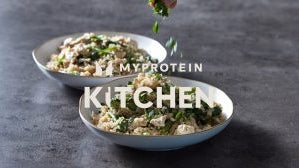Refeeds 101 | How To Do A Carb Refeed

Maybe one of the most controversial topics in the health and fitness industry is that of refeeds. Some avoid them like the plague whilst others think it’s Christmas come early. All across the internet you can see arguments raging back and forth with those for and against. In the last few years add in proponents of If It Fits Your Macros (IIFYM) vs “Clean” Eaters and you're left in a minefield.
In this article I aim to dispel a few myths and look at the pros/cons of refeeds, why they are used, when and how to do them right.
What is a Refeed?
Refeeds are very much tailored to the individual they can be a meal or meals or even a window of time (I’ve seen periods of 3 – 48 hours stated) of carbohydrate heavy foods. The term refeed is very rarely used when discussing an individual who isn’t dieting or looking to lose fat.
Why Are Refeeds Used?
Your body is a survival unit. If you look to “starve” it or lose weight for an extended period of time your body will look to “make do” with its energy input (the amount you eat) by down regulating hormones in order to slow your metabolism and stop this weight loss. One of the key hormones that decreases as you diet down for weeks and weeks is leptin.

Leptin regulates both your hunger and your metabolism. As leptin levels drop, your thyroid hormones will also drop bringing about a reduction in your metabolism. Ghrelin is what stimulates hunger and levels of Ghrelin will increase as leptin decreases. Ever get extreme hunger pangs when dieting? That’s Ghrelin telling you to eat more.
The reason for a refeed is to increase leptin levels therefore boosting the metabolism back up, decreasing hunger, therefore allowing fat burning and weight loss to continue.
When Are Refeeds Used?
Refeeds are used by those who are “cutting” or looking to lose fat. Typically, you will hear of people refeeding once a week. This is largely due to the fact after 4 -7 days’ levels of a calorie restricted diet leptin levels will have dropped by roughly 35-45%. However, the amount of leptin in your body is very much dependent on your body fat levels. So loosely speaking, the more fat you carry, you more leptin you’ll have. Therefore, the less need you’ll have to refeed as you’ll have more than enough leptin to carry on dieting without a reduction in your metabolism and your body becoming accustom to your caloric input (amount you eat).
This also works in the reverse too, so the leaner you are and become the less leptin you will have circulating in your body and the more often you will “need” or look to refeed. So as originally stated a refeed is going to be different for someone 4 weeks out from a bodybuilding competition holding 5% fat levels compared to average Joe gym trainer who has been dieting a week at 20% body fat.
I can speak from experience as 3 weeks out from my last bodybuilding competition I was having refeeds every third day compared to the start of my diet where it was once a week.
How To Do A Refeed
Refeeds are predominantly very heavy in carbohydrates. The reason for this is leptin is highly responsive to glucose metabolism - that's carbohydrates being converted to glucose. So when refeeds are heavier in carbohydrates leptin levels will increase more than if you had eaten an excess of calories from proteins, fats or fructose.

The type of carbohydrates you will want be consuming will largely be dependent on how big your refeed meal/window is. For the individual who is of a higher body fat level, who is simply adding in 50 to 100g of carbohydrates in their final few meals of the day, they may wish to use slower-digesting, higher fibre carbohydrates such as rice, potatoes, pasta or even bread if they can digest it well. The reason for this is purely psychological - if your refeed is small and you eat carbohydrate-dense foods you don’t typically have on your diet, you will be more likely to overeat and splurge on these carbs that are generally give less satiety.
However, for those who are holding extremely low body fat levels and trying to hit a high carbohydrate target, they may wish to use carbohydrates that are very fast-digesting and very carbohydrate-dense in nature. This is so you won’t get full easily and have to eat less in order to hit your required target.
Using myself as an example, I was ordered by my coach to have a refeed of 1000g of carbohydrates in a 6 hour window when I was 4 weeks out. The stomach distention alone puts me off having this from just rice and potatoes, so I used sources like pancakes with maple syrup, sugar-based sweets and kids’ cereal to help me hit my target.
Take-Home Message
To sum up refeeds are a great way to boost your metabolism and keep fat burning going after extended periods of calorie restriction. However, they are extremely specific to the individual - if you find the week after your refeed you haven’t reduced body fat/lost weight it's likely you will have eaten too much.
The leaner you get the more you will benefit from longer heavier refeeds in order to keep fat burning up.
So listen to your body and take on board its feedback: energy, strength in workouts, mood; and refeed accordingly.











